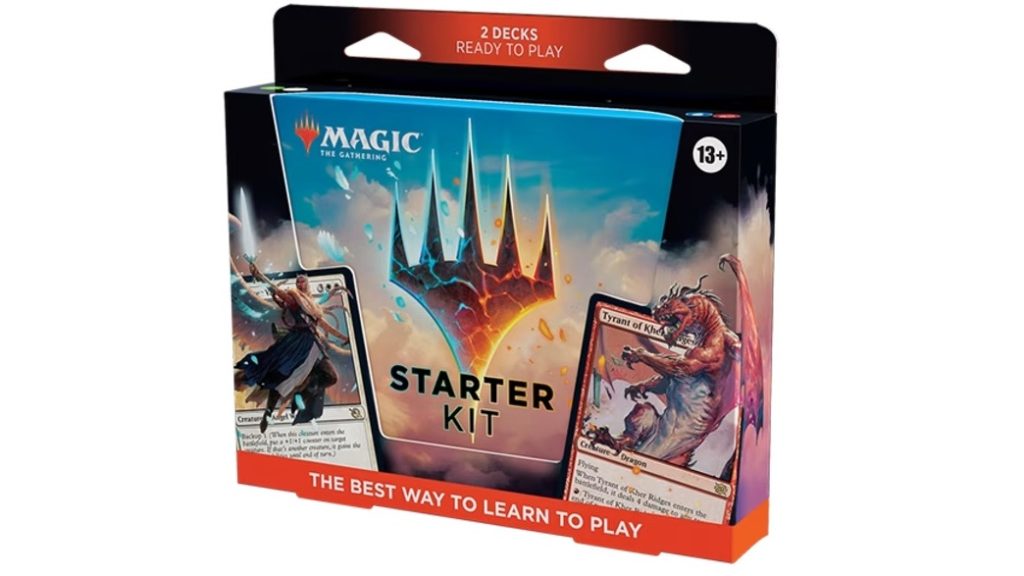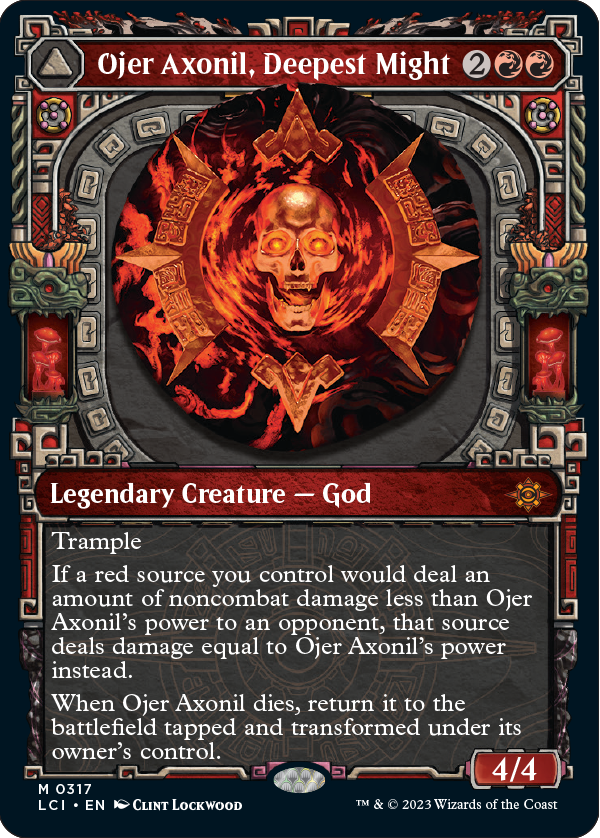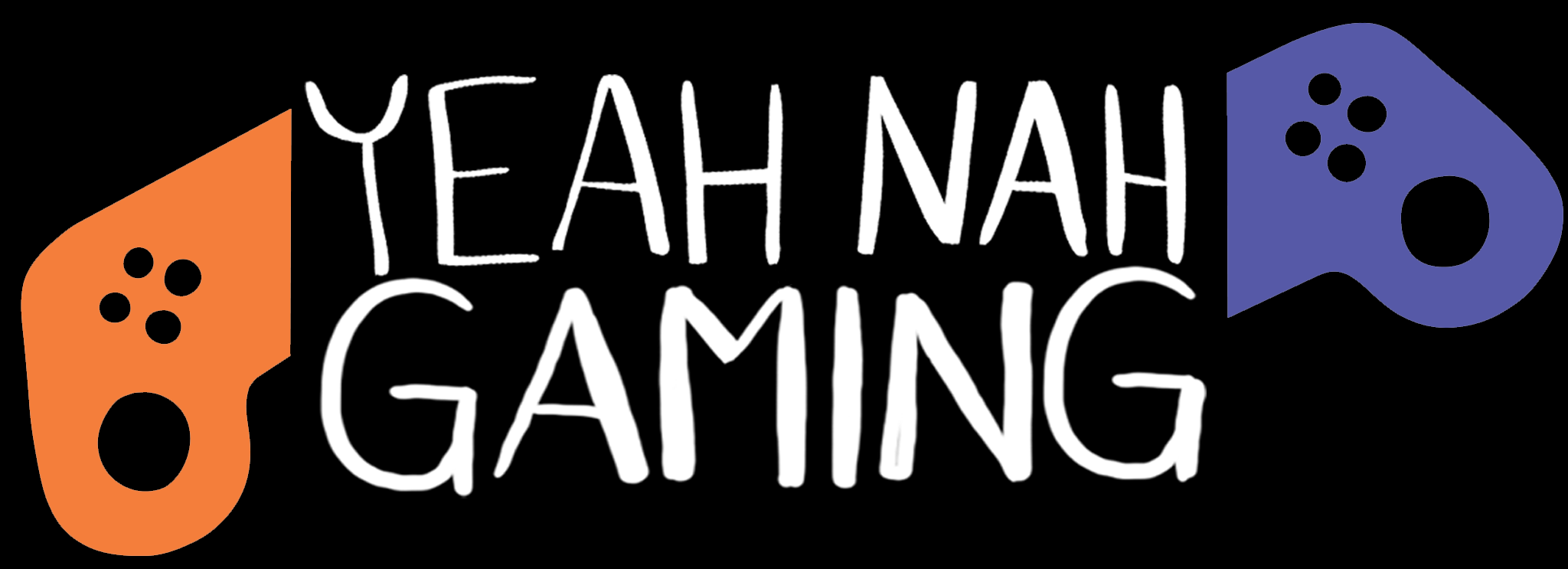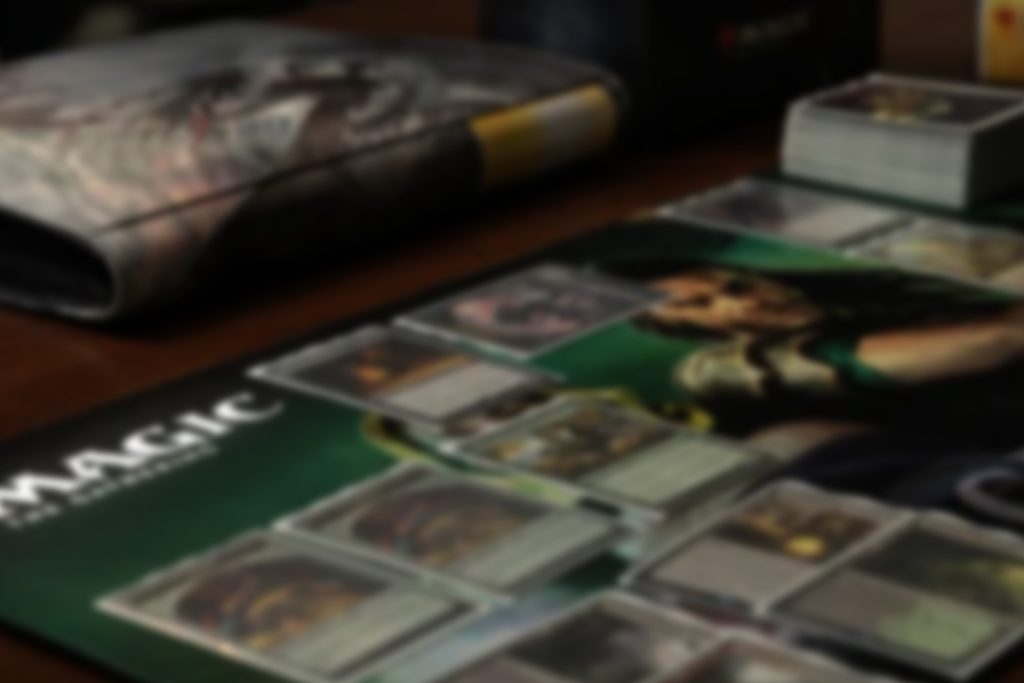With a game like Magic: The Gathering, after 30 years of releases and a passionate fanbase, it’s hard to know if you can jump in as a newbie. I mean, seriously, thousands of potential cards with some long descriptions — how the hell do you learn this complex game?
Well, after a friend wanted someone to come to an event with him, I figured I would give it a crack. After so many hours of Googling, I figured I would jump in.
So for the answer to the question, how hard is it? Well, the answer is kind of easy — kind of not. But don’t let the latter part of that sentence scare you.
The fundamentals

At a fundamental level, the game isn’t too hard. In short, everyone grabs seven cards from their deck, and then you start with your turns.
Quickly, before I start using the term, Tapping is where you basically use a permanent card like Land or Creatures. You rotate them sideways, and at the start of your next turn, you untap everything.
Back to the explanation. On your turn, you can put down a land (mana) card from your hand, and then you can play monster cards and/or spells in your hand. They each have a mana cost.
So if you have five lands, you can play a five-mana creature or a two-mana creature by tapping the lands. Don’t worry; you untap them on your next turn.
After putting down whatever you want, you then go into the attack phase.
Winning the game!

So how do you win?
Well, you and your opponent start with 20 life and need to get each other’s life down to zero. You do this in your attack phase, mostly.
You can choose how many monsters you attack with, and then your opponent chooses how many to block with. They don’t block or don’t have any creatures? Well, that chips off their life.
Each creature has an attack and defense stat shown by an [X,X] in the corner of the card. Attack with a [2, 2] creature, and they don’t defend? Well, that’s two off their life.
What if they defend?
Well, if they defend with a [1,1] creature then that stops the attack from hitting your health, but their creature goes to the graveyard as your attack was higher than their defense.
Static Abilities

This is where the game can start to get complicated. There are a bunch of abilities that appear on cards like Trample. Trample, for instance, means that when a blocker blocks your attack, if the attack is higher than the defender’s defense stat, then the difference still hits your opponent’s health bar.
There are a few of these abilities to learn because heaps of cards have them. Fortunately, they are relatively standard and don’t take too long to learn. For example, a creature with Flying can’t be attacked or blocked unless a creature has Rach, or is also Flying. That means their attacks can fly over creatures and hit your opponents health directly if they can’t defend them.
There is a real knack to them, but the good news is the answer is a quick Google away.
The other Abilities

This is where the game can get hard fast. Most cards have some text which might say, when this card enters the battlefield, or whenever something happens, etc. Keeping track of what is going on can get complicated. That and the sheer variety in these means you won’t be learning them all off by heart any time soon.
The good news is you don’t have to. When you see a card for the first time, the text becomes relatively self explanatory. Well, eventually it does. It takes a while to get your head around all the MTG specific turns like skry. Then there is building an understanding of how these all work. The black and blue decks for example rely pretty heavily on these effects. With blue having a lot of counterspells, and black having a lot of text for sending to, and bringing back from the graveyard, if you aren’t watching them, then these decks get hard to keep track of.
The good news is your local game store is generally filled to the brim with awesome people who enjoy the game. On casual or sealed events, they tend to be helpful with keeping track of what’s going on.
There are many more nuances you will get the hang of over time, but figuring these cards out is one of the hardest bits.
So how hard is it really?

Well, the foundations of the game are pretty easy to get your head around. Learning enough to start playing and having fun is easy as hell. Getting good, well that’s a whole different story. If you aren’t a dick, then people tend to help, so it is well worth getting into.
As always, if you are in the Te Whanganui-a-Tara region make sure you check out events at Bea DnD. They aren’t asking me to say this, I’m just a fan!

